After six seasons, the Overwatch League is heading toward an unceremonious end. A crucial vote coming up at the end of the current season could effectively bring about the end of the league, as it will effectively give owners a chance to salvage some money and split.
During the last six years, the OWL has delivered plenty of memorable moments, thrilling matches, and unforgettable stories. But those six years have also been marred by concerns regarding profitability and viewership, the COVID-19 pandemic, the harassment lawsuit facing Activision Blizzard, and much more.
What’s going to happen next?
Why is the Overwatch League potentially shutting down?
The Overwatch League could potentially come to a close by way of the decisions of the owners of each franchise at the end of the current 2023 season. According to an Activision Blizzard financial report from July 19, the franchise owners will vote an “updated operating agreement.” Teams that sign the new agreement will stay in, but teams that vote not to continue in the OWL will be paid a $6 million termination fee. This effectively puts the fate of the league in the hands of the owners, and as we get to below, they haven’t had much reason to stick around.
This update from Activision Blizzard was released around the same time The Verge reported that around 50 people had been laid off from the company’s esports department.
But why has it reached this point? In short, both the Overwatch League and its franchises have been losing money. In the same financial report, Activision Blizzard said that “total revenues from the Overwatch League comprise less than one percent of [its] consolidated net revenues.” This past June, Activision Blizzard negated a significant amount of money still owed to it by waiving the remaining owed franchise fees.
Those fees being waived can be attributed to collective action from the OWL franchises that started back in January when the teams hired a law firm to negotiate with Blizzard. The teams were seeking economic relief after spending millions on franchise fees and rosters while not getting the revenue in return that was promised. This dip in revenue can be attributed to viewership declines, a loss of sponsors, economic swings, and the lack of a new media rights deal after the current YouTube deal expired. The game itself has declined too; Activision Blizzard has said that Overwatch 2 “engagement and player investment” declined in the second quarter of 2023, although it was recently announced that the game would finally come to Steam this year.
What’s the reaction to the potential Overwatch League shutdown?
Among fans of both Overwatch and the Overwatch League, the reactions have been a mix of sadness and appreciation, but also optimism. Several prominent members of the community are sad to see the OWL potentially end, but at the same time, many admit that this result was inevitable, citing problems with the league’s structure and poor decisions made by higher-ups:
- Longtime Overwatch caster Erik “DoA” Lonnquist said that at the start, the OWL “had the right people, the resources, and most importantly a great game, [but] the people at the top changed in 2019 and things took a nose dive,” and cited “incompetence in the upper echelons of OWL leadership.”
- Former player and current desk analyst Scott “Custa” Kennedy said that the “league model was broken from the beginning.”
- Former OWL lead observer Jason Lake said Blizzard “hired way [too] many people who wanted [it] to be NFL instead of an esport,” and that the company “never understood esports.”
But many members of the community are optimistic that Overwatch esports will continue in some fashion. The structure and stability of a franchised league could be gone, but something else could take its place. Current OWL head Sean Miller has said that Overwatch esports “isn’t going anywhere,” and told The Verge that the company is “building toward a revitalized global scene that prioritizes players and fans.”


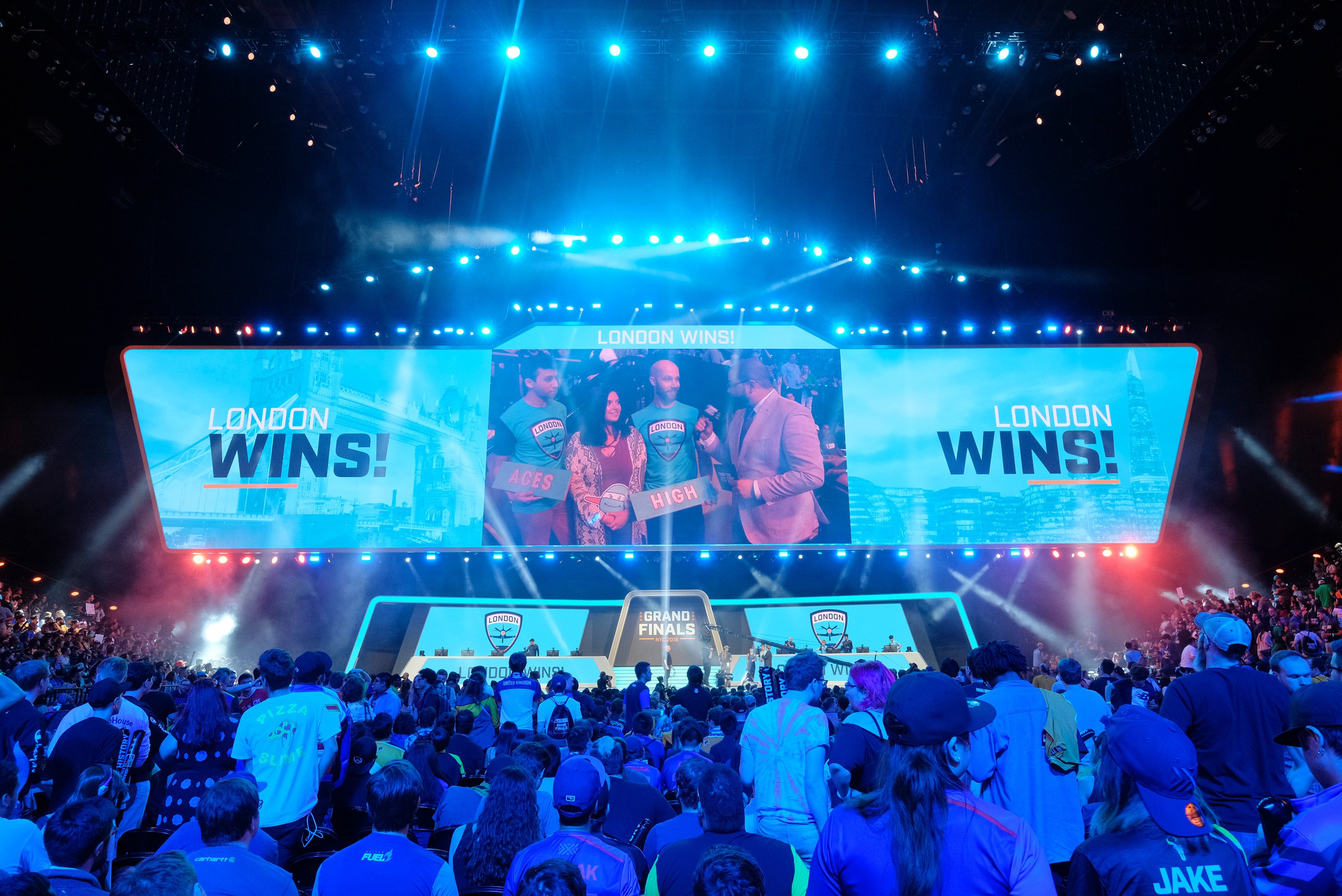
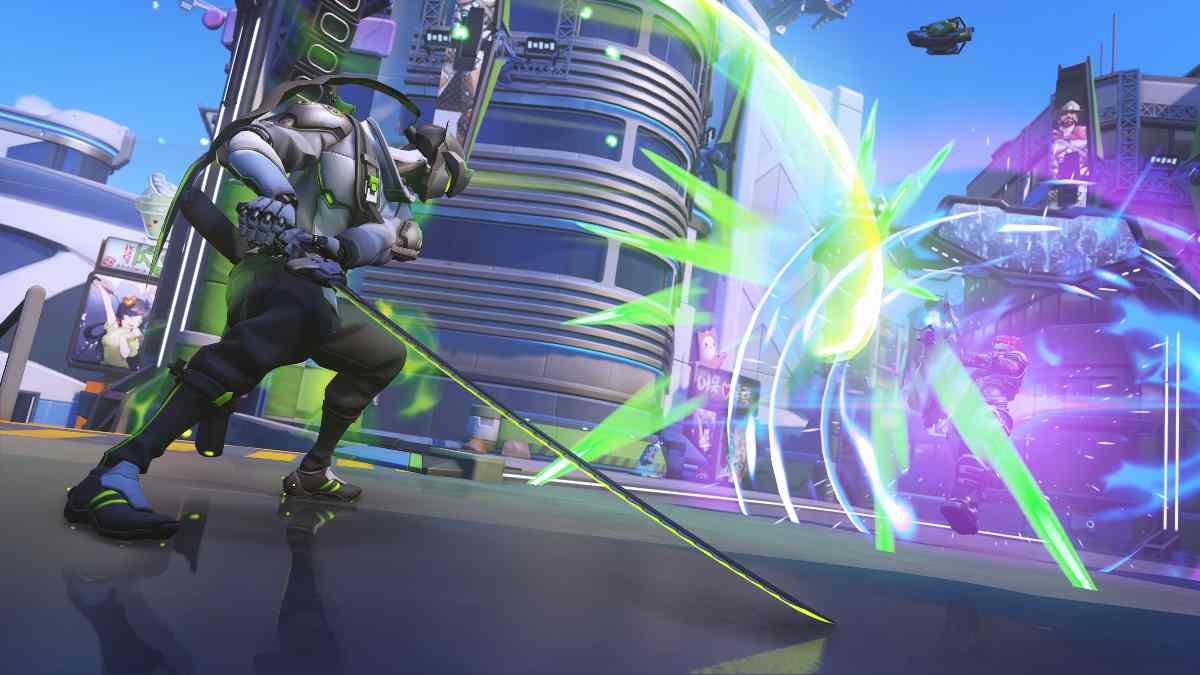
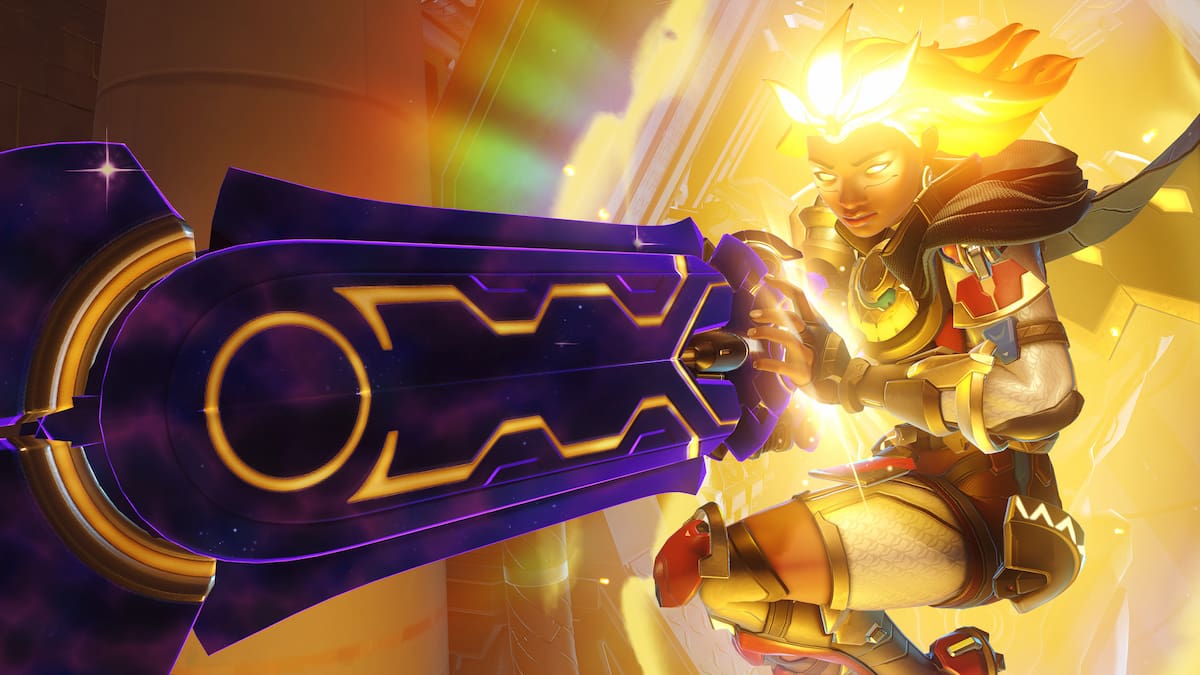



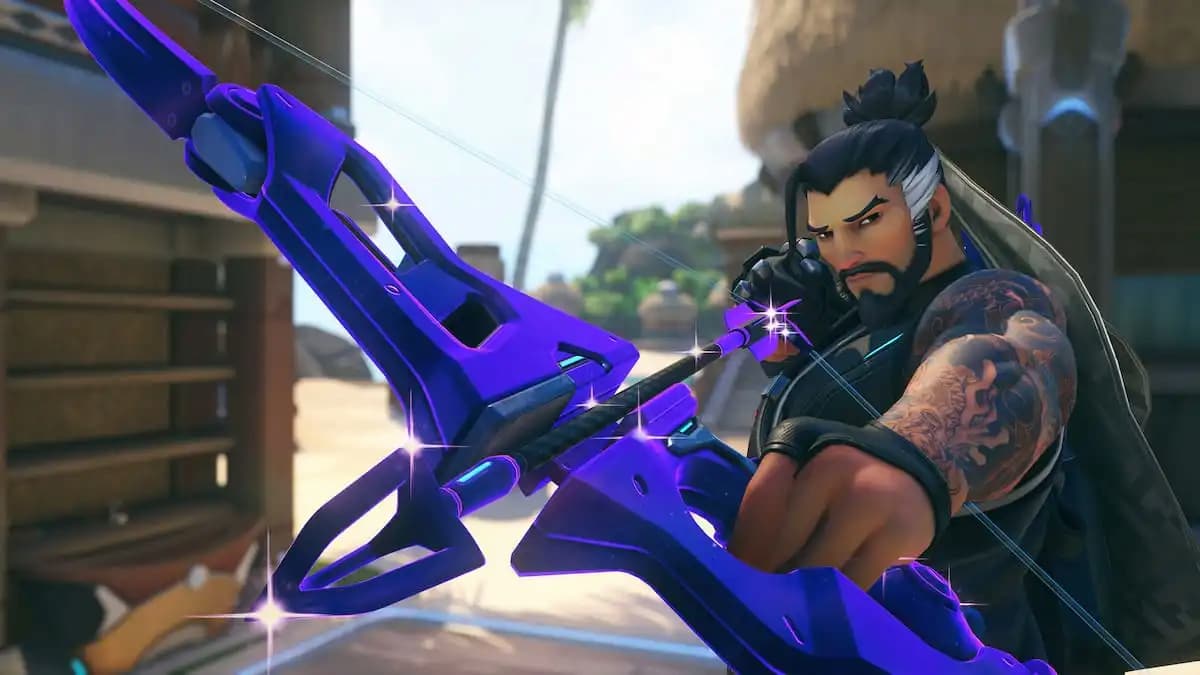

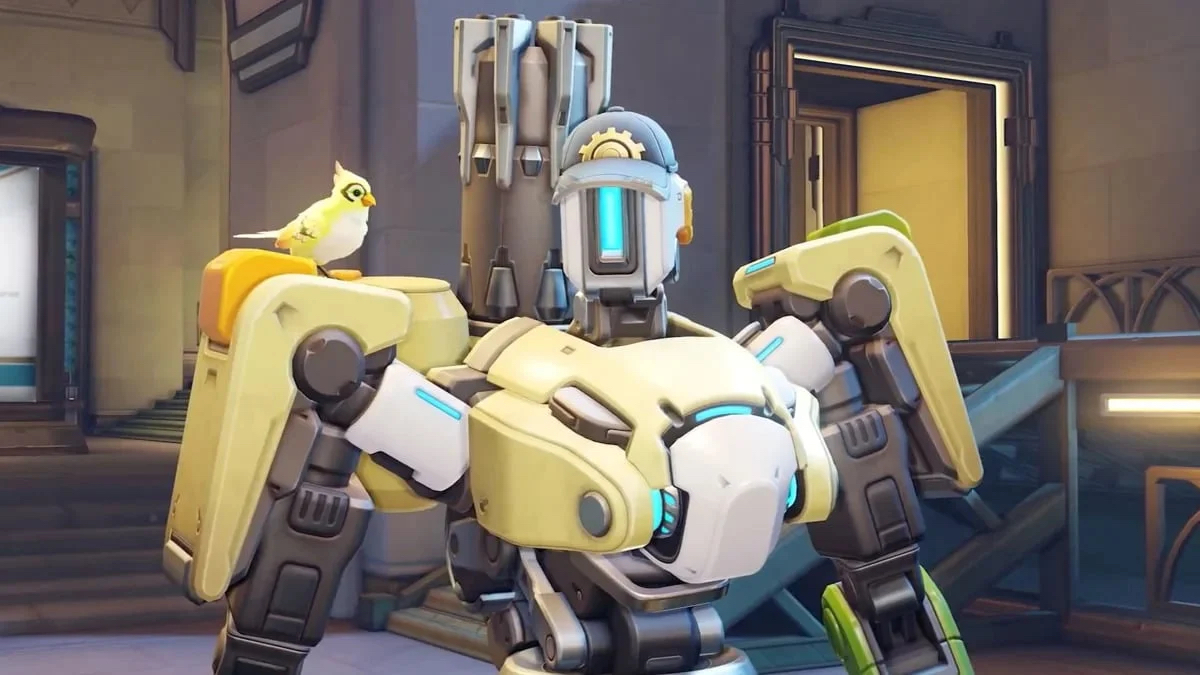
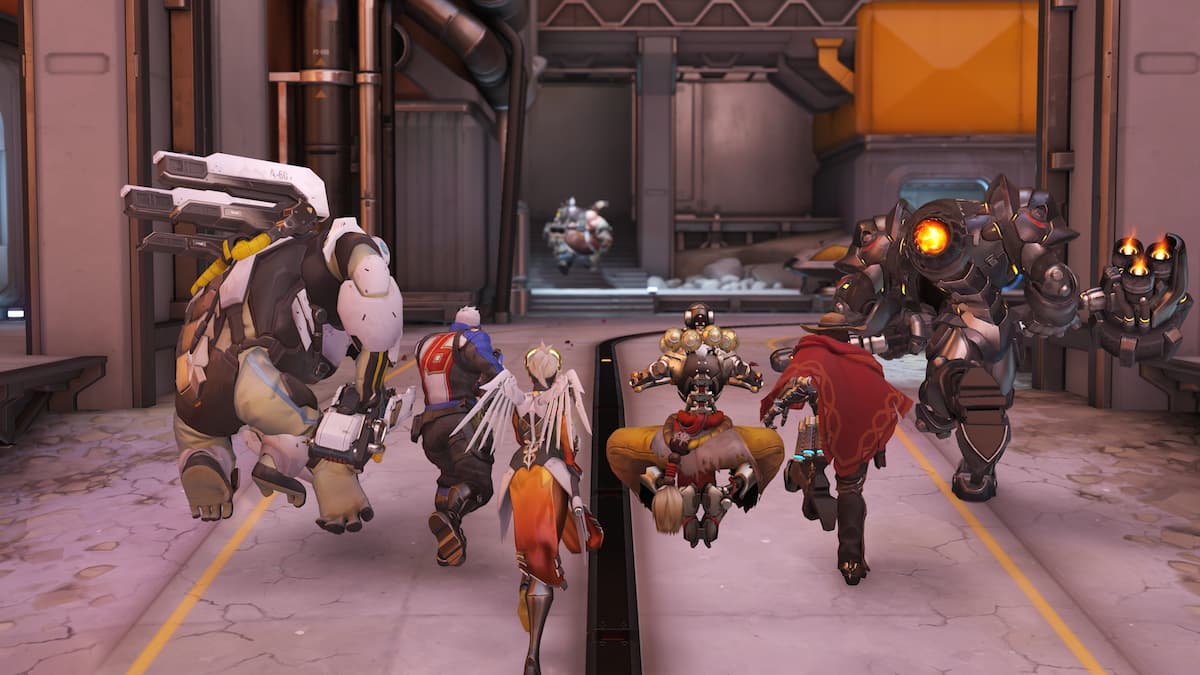

Published: Jul 20, 2023 02:41 pm